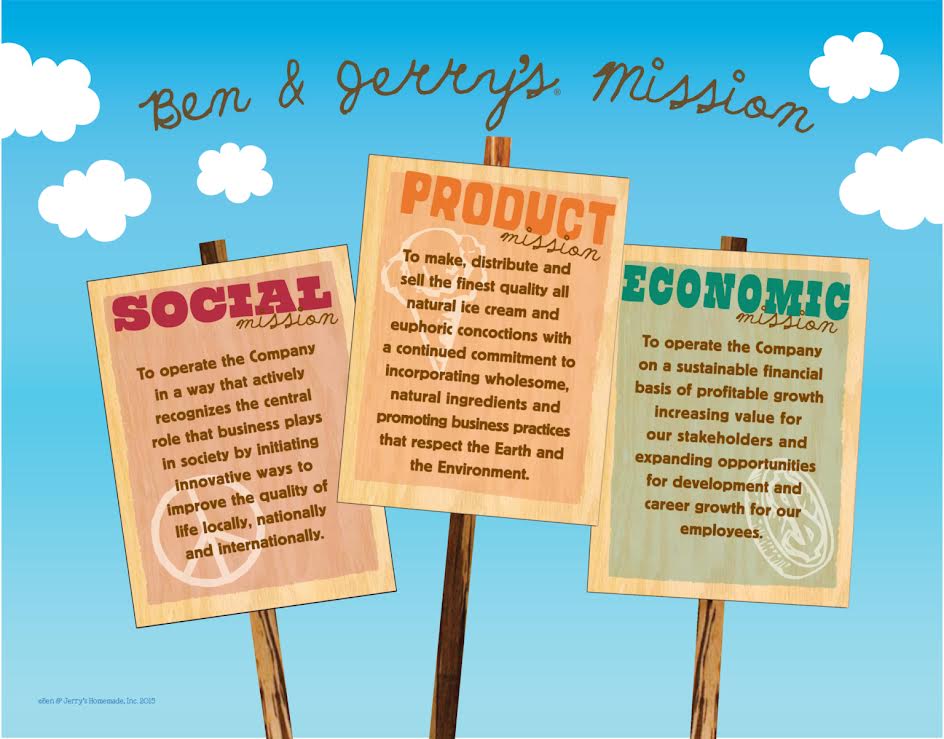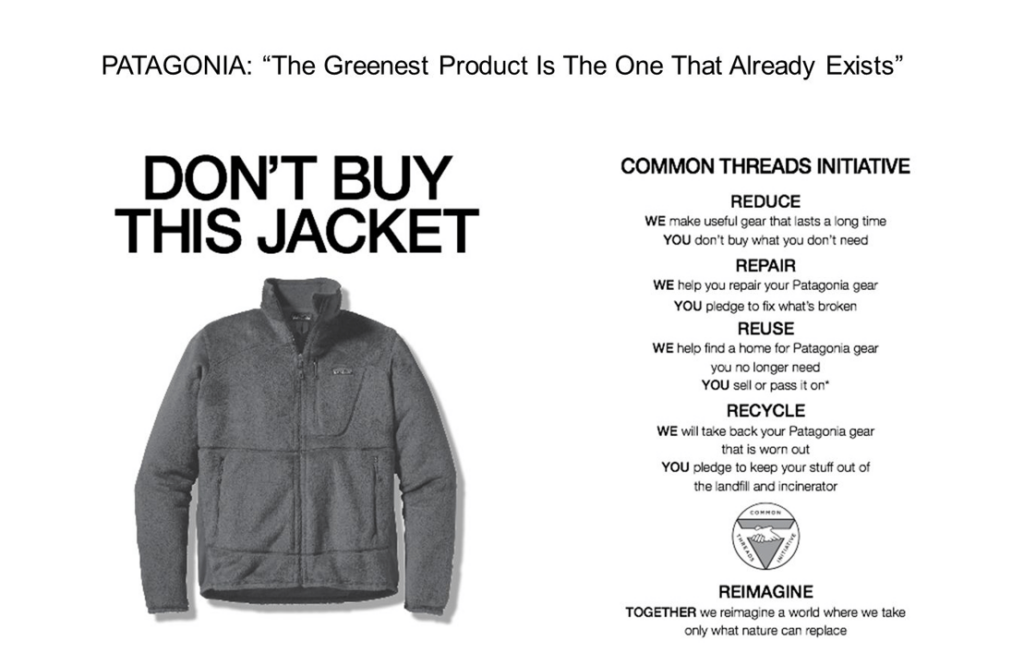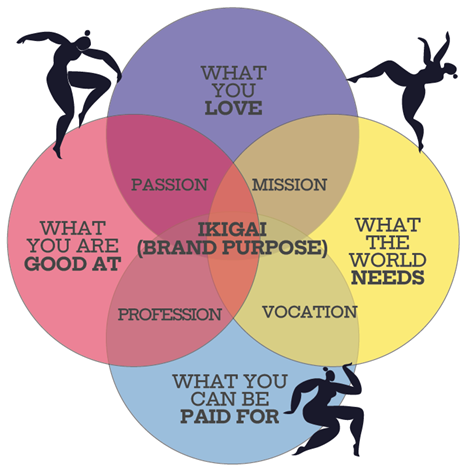by Niels Kramer
Most of the marketing is complete garbage!!! There, I said it!
As a marketer, I have often been required to promote behaviors or products that I know are not good for the world.
What I once thought was a success caused damage.
Will you offer us a hand? Every gift, regardless of size, fuels our future.
Your critical contribution enables us to maintain our independence from shareholders or wealthy owners, allowing us to keep up reporting without bias. It means we can continue to make Jewish Business News available to everyone.
You can support us for as little as $1 via PayPal at office@jewishbusinessnews.com.
Thank you.
You might be thinking, “Here comes another tree hugger who has lost touch with reality.”
Give me a chance to explain how you can do well, differentiate yourself from the competition, and earn more.
Here, I will explore a new wave of marketing called purpose-driven marketing, which is changing the way businesses and consumers operate:
Importance of designation:
Purpose-driven marketing is the belief that the brand’s purpose should be the guiding force behind the marketing moves and serve as a beacon directing where and how to market.
It’s a fantastic experience to feel how designation has made everything much more accessible, including marketing. Suddenly, the way is clear: Know what to do, what to say, and to whom. And if your vocation stems from passion and dedication (which is the case), you will find yourself working with vigor and contagious joy.
By clearly defining a mission, brands can attract like-minded customers who resonate with their message and story. This connection goes beyond sales-consumption relations only and creates a strong connection between the brand and its customers.
And as most marketers know, customer loyalty and low bounce rates are the strongest drivers of increased revenue.
A mission-driven approach allows businesses to focus on long-term goals instead of short-term profits.
This is in complete contrast to traditional marketing, which sometimes encourages overconsumption and causes infection, disease, and mental disorders > You are welcome to read the report yourself.
On the other hand, impact marketing promotes a culture of sustainability, social responsibility and creates value through innovation.
Marketers can be healers!
Marketers should see themselves as healers. Think about what motivates customers and how your brand can help them socially, environmentally, physically, and spiritually. Help…not sell!
For example, a restaurant that encourages customers to personally deliver meals to needy older adults in the neighborhood. Or a shampoo brand that organizes annual hair donations to make wigs for cancer patients.
Stakeholder Integration:
In responsive purpose-driven marketing, businesses go beyond considering only their customers and shareholders. They prioritize the well-being and interests of all stakeholders, including employees, suppliers, communities, the environment, and the planet.
Responsive leadership is critical to achieving integration, as it involves making ethical decisions that reflect the brand’s purpose and values.
By treating all stakeholders respectfully and fairly, brands can foster loyalty, trust, and long-term relationships. Empowering employees, for example, can lead to increased job satisfaction and productivity.
Suppliers who share the brand values and are treated as partners will be more likely to provide high-quality products and services. In addition, customers will appreciate the brand’s dedication to social and environmental responsibility, which often results in higher customer retention rates and customers willing to pay more.
This way, you will suddenly be outside the magic circle of price competition!
Also, purpose-driven marketing passes quickly by word of mouth directly to the target audience and the surrounding environment, which shares your worldview. A targeted, accurate, and much cheaper approach than paid advertising.
I believe that every company can have a purpose and mission and can have a positive impact on its environment.
For example, our company purpose is:
“Enabling impactful companies to thrive, heal capitalism, and create a better future.”
So, welcome to a journey of transformation—one that will not only revolutionize your brand but also establish it as a beacon in the modern market landscape. Here we will explore the complex layers of brand development, all through the lens of purpose.
Our e-book is about more than just branding, marketing, or business strategy. It’s about tapping into the core of what drives your organization. Your brand is not just a logo or a tagline; it is the embodiment of your mission, your ethos, and your purpose. This book is your guide to uncovering that purpose and using it to create a brand that thrives and resonates deeply with your audience
The difference between a Purpose, Vision, Mission, and Goals
Understanding the differences between vision, mission, purpose, and goals is important as it provides clarity of direction, facilitates strategic planning, improves communication and decision-making, and enables effective evaluation of progress. This understanding ensures alignment, effective resource allocation, and the ability to measure success accurately.
Definitions:
- Purpose – Your why! Why do you / your business exist?
- Vision – Your dream scenario for a better world.
- Mission – Your contribution to achieving the vision
- Goals or Objectives – Your achievements by a specific point in time.
Examples:
An NGO promoting equal education.
Purpose: “To transform lives through education and create a future where every child can thrive and contribute to society.”
Vision: “To create a world where every child has access to quality education and equal opportunities for success.”
Mission: “Our mission is to establish and support educational programs that empower underprivileged children to reach their full potential and break the cycle of poverty.”
Goal: “Increase enrollment in our education programs by 20% over the next three years.”
In this example, the purpose statement emphasizes transforming lives through education and creating a better future. The vision focuses on the desired outcome of providing quality education to all children. The mission statement outlines the purpose of establishing and supporting educational programs for underprivileged children. The goals are specific objectives related to increasing enrollment.
Example of an ice cream parlor:
Purpose: “To bring joy and happiness to our customers through the pleasure of handcrafted ice cream, fostering connections and creating moments of delight.”
Vision: “To be the premier destination for indulgent and innovative ice cream creations, delighting customers of all ages.”
Mission: “Our mission is to craft and serve the finest quality ice cream using premium ingredients, creative flavors, and exceptional customer service, creating memorable experiences for ice cream enthusiasts.”
Goal: “Increase customer satisfaction scores by 10% within the next year.”
In this example, the purpose statement highlights the aim of bringing joy and fostering connections through handcrafted ice cream. The vision statement emphasizes becoming the go-to destination for indulgent and innovative ice cream creations. The mission statement outlines the commitment to using premium ingredients, creative flavors, and exceptional customer service. The goals include improving customer satisfaction, introducing new flavors regularly, and expanding the business by opening new locations.
Example for a B2B fintech startup
Purpose: “To simplify and optimize financial operations for businesses of all sizes, enabling them to focus on their core competencies and achieve their financial goals with confidence.”
Vision: “To revolutionize the way businesses manage their financial operations by providing innovative and user-friendly fintech solutions that drive efficiency and growth.”
Mission: “Our mission is to empower businesses with cutting-edge fintech tools and technologies that streamline financial processes, enhance decision-making, and foster financial success.”
Goal: Onboard 50 new corporate clients within the first year of operation.
In this example, the purpose statement highlights the aim of simplifying and optimizing financial operations for businesses. The vision statement emphasizes the goal of transforming financial operations for businesses through innovative fintech solutions. The mission statement outlines the purpose of empowering businesses with cutting-edge tools and technologies. The goals include acquiring new clients.
Discovering Your Purpose
The Science Behind Purpose and Its Connection to Passion
The role of purpose in motivating individuals and organizations is more than intuitive; it’s backed by science. Research shows that when people align their work with a purpose, they are more likely to be satisfied and productive. This is mainly due to a neurotransmitter called dopamine, released when working toward a goal that resonates with our intrinsic values and passions. This dopamine rush doesn’t just make us happier – it makes us more energetic, focused, resilient, and passionate.
Passion is contagious because of a fascinating phenomenon called emotional contagion.
This principle, well-documented in psychological research, explains how we unconsciously pick up on and mirror the emotions of those around us. When your brand resonates passion for its purpose, your team and customers can’t help but catch the excitement. And this, in the end, causes purpose-driven brands to grow 3x faster than similar brands*.
Identifying Your Purpose: Ask the Right Questions!
Purpose isn’t always obvious; it must be excavated most of the time. Here are some powerful questions to guide your search:
- Why was your company created in the first place?
- What are your company’s 5 most important values?
- What unique value do you provide? What pain do you alleviate?
- What changes would you and your customers like to see in today’s world or society?
- What feelings are you looking to inspire in your customers?
- How do you want your brand to impact people’s everyday lives?
- How is your company changing the game and making waves in your industry? (Blog post on how to find your bleu ocean)
Make a list of all stakeholders.
Looking at your business from a holistic stakeholder perspective can help you see where and how your business makes an impact.
- Write down all the positive and negative impacts your brand has on each one of these stakeholders. (Clients, Employees, Suppliers, Environment, Society, Community)
- How you can improve and innovate for each one of these stakeholders.
Write your brand’s purpose statement.
- Write down everything your brand stands for and the impact you want it to have – whether charity, culture, or innovation – and write down everything that comes to mind.
- Analyze the answers above and look for similar themes, word choices, and noticeable patterns. Extract the essence and write it down in 1 clear sentence. Discuss every word with your team until white smoke comes from the chimney.
This template might help you to put it all together:
The purpose of {Name} is to {verb: provide, enable, create etc} for {stakeholder} so that {benefit}
Examples:
Southwest Airlines
“To connect People to what’s important in their lives through friendly, reliable, and low-cost air travel.”
Nike
“To bring inspiration and innovation to every athlete* in the world. *If you have a body, you are an athlete.”
Dove
“Increase the self-esteem of women and redefine the definition of beauty.”
Tools
Here are some more tools to assist in your journey of purpose discovery. For instance, the IKIGAI Brand Purpose Canvas will help you distill and articulate your purpose. The list of common values will help you find yours and the Purpose Alignment Matrix, mentioned later on in the book, will enable you to assess how well various aspects of your organization align with this purpose.
IKIGAI Brand Purpose Canvas
Ikigai is a Japanese concept that represents the intersection of four fundamental elements:
- What you love
- What you are good at
- What the world needs
- What you can be rewarded for
It embodies the idea of finding purpose and fulfillment by pursuing activities that align with these four aspects. This is true for individuals but also groups, organizations, and companies.
Niels Kramer is the founder of Human Brands & Marketing, which helps companies differentiate themselves and achieve sustainable growth by providing purpose-driven marketing solutions to become the brand their customers love.
Part 2 will be released tomorrow







